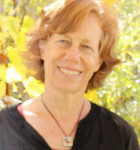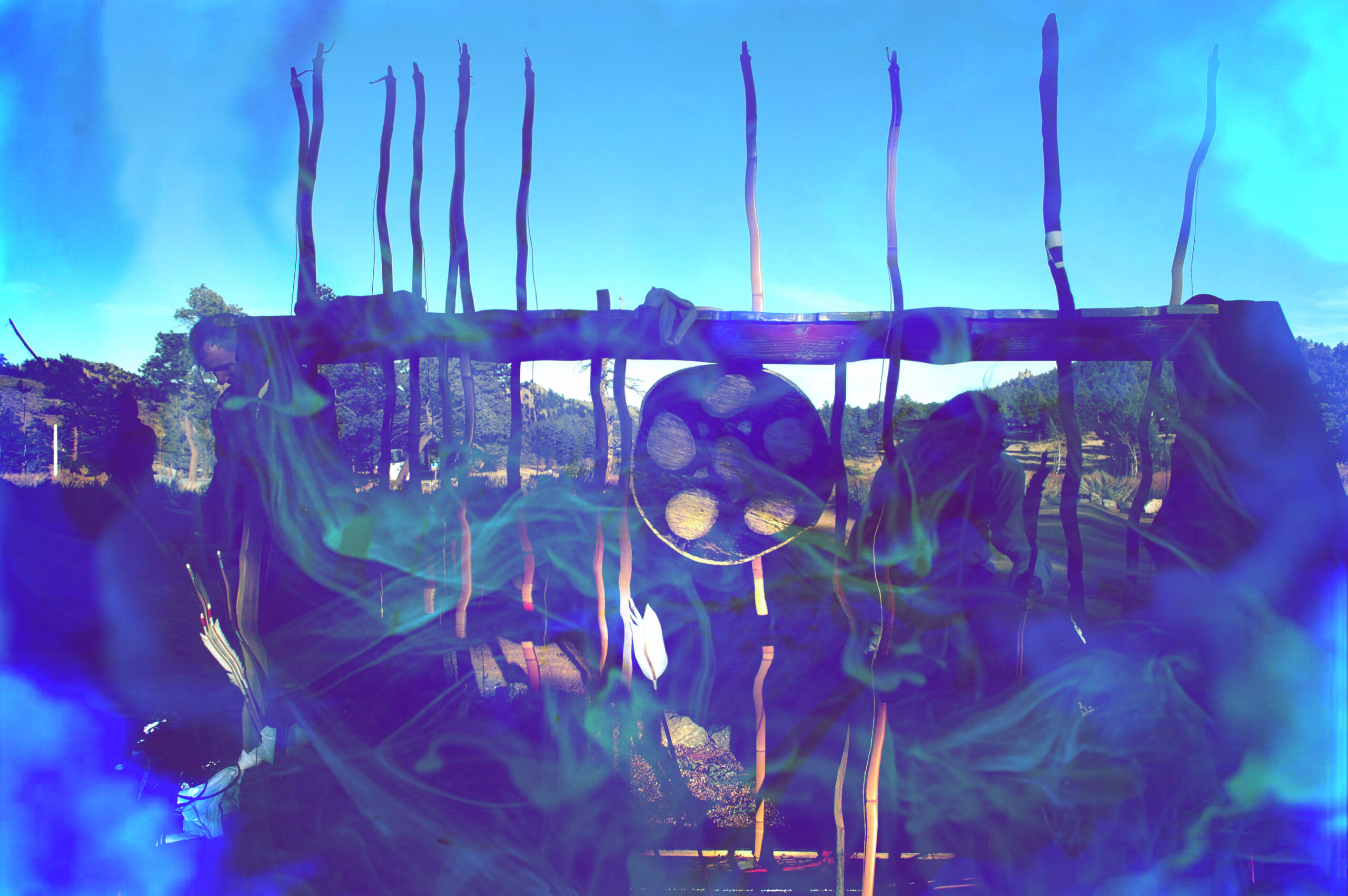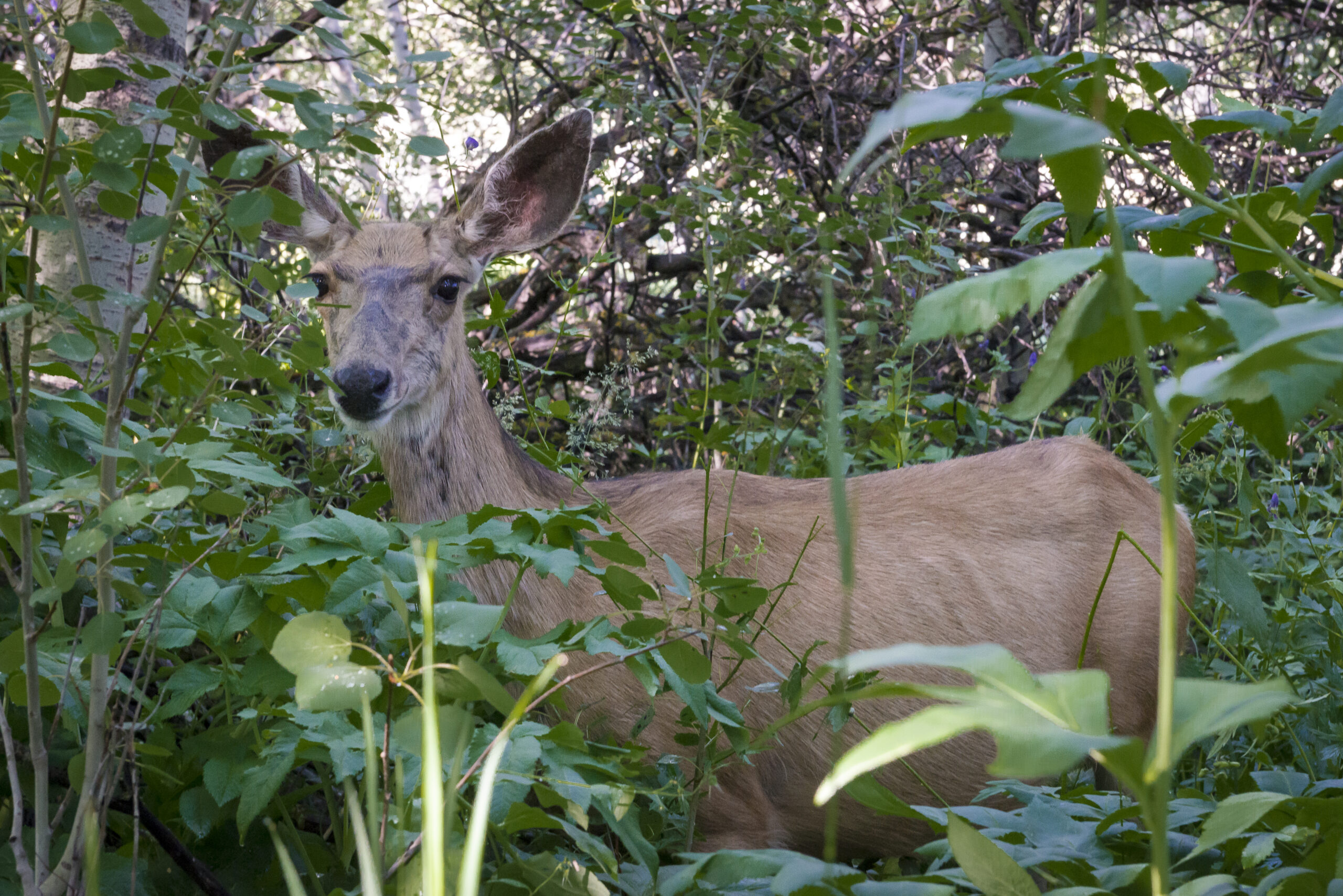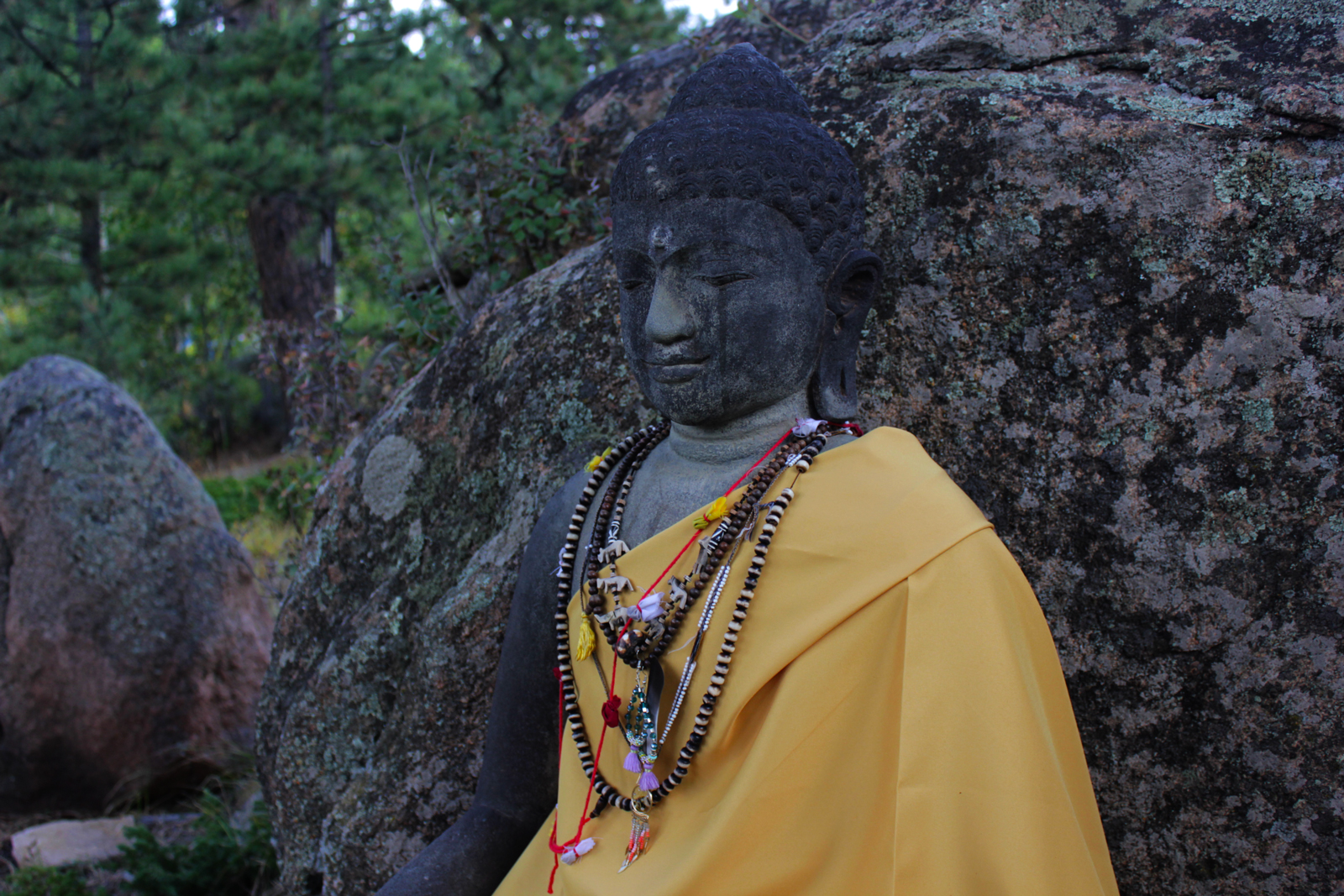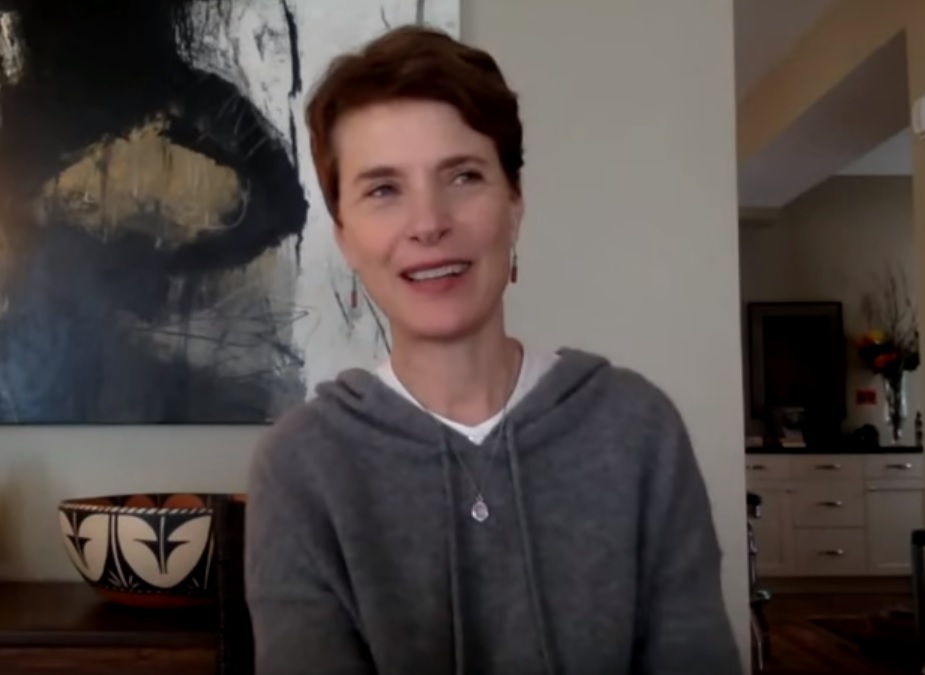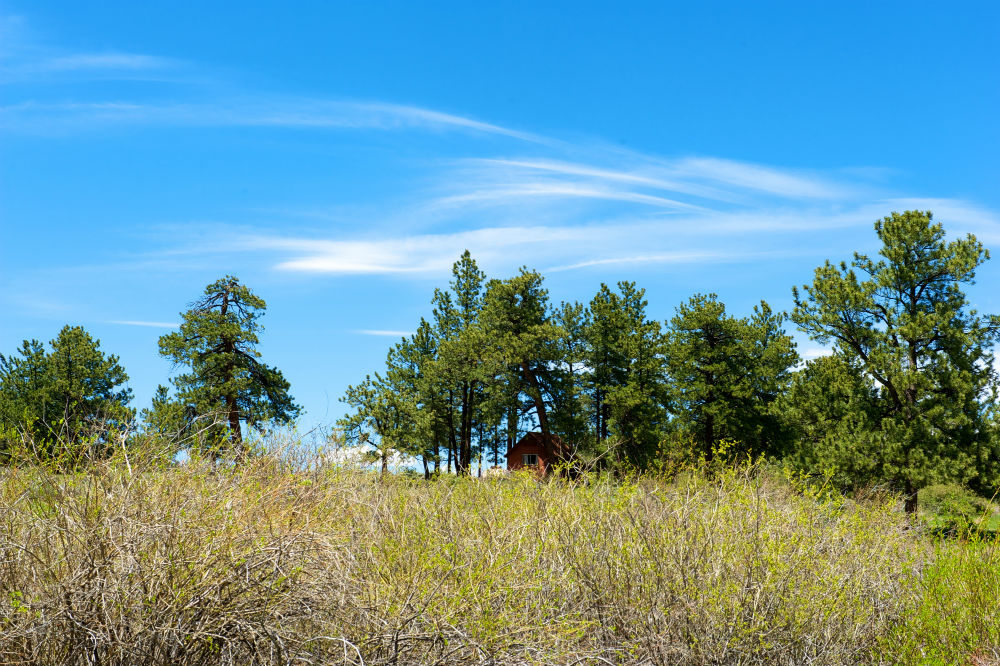water writing: homage
By Katharine Kaufman
Shibata Sensei is so old that it takes two people to prop him upright. Yoshiko holds his left side. She is the daughter of Zen master, Kobun Chino. We are here, at the home-made Zendo, in a small dip in the Santa Cruz mountains, because it’s the 10th anniversary of Kobun’s death. Kobun’s expression of being came from the natural depth of what it is to be human and nature. Every body has it. He told me not to speak of it so much, as if my saying the words, original nature, chipped something away from the type of beauty that is also truth. When my friend Janet Solyntjes hosted him at Naropa College she did all these things for him. She registered students for the class, drove him where he wanted to go and made sure he had a place to stay where the sound of the refrigerator was only a quiet hum. In the end he thanked her for the glass of water she gave him to drink once, before a lecture.
Shibata Sensei is wearing the traditional Kyudo gear, a short sleeved Keiko, the Hakama, split pants, are held together by an Obi with a huge knot in the center. If you are a Samurai, the knot apparently protects you from getting stabbed and in case you are stabbed, the obi holds your guts together. I wonder if that’s where the Colorado cowboy’s belt buckle comes from. Shibata is wearing split-toed Tabi. His shooting shoulder is bare. We know he’s going to shoot a single arrow in honor of Kobun but we don’t see an arrow. His voice, so soft and low, sounds like pond frogs. He tells us the shooting is flowing water. I hear, flowering water. He tells us the arrow exists in target already, before the release. Then you follow the invisible path it has already made. I guess the trick is to see the invisible path. He says, one shot, one life. He is going to show us the most advanced practice and almost no one knows how to do this, he says.
~
Kobun and his daughter Maya, drowned in a small body of water in Switzerland. Vanja was helping his brother tend bees. Kobun’s young wife Katrin was frantically looking for the child. Maya slipped in, and when Kobun saw her he went in too, coat, shoes, everything.
~
Today I am distracted because I will be ordained as a priest tomorrow. My long red hair will be shaved off, and I will walk in a procession, down a mossy bank, with bells sounding in front and behind, into the Zendo, and into this large group of people. I’ll be bald, only wearing a kimono. I will feel unprepared even though my teacher said I am already a priest and this is physical acknowledgment, like the arrow’s path. I am doing this because there needed to be a symbol of someone carrying on the tradition, in this lineage. I wasn’t even ready. Edwina and Jean finished sewing the robes, O’Kesa, for me, and my rakasu. Even though I had been driving to Santa Fe to Edwina’s for six years even when she had hip surgery I still wasn’t finished sewing.
~
Kobun once was performing a Kyudo demonstration in Santa Cruz. He precisely kneeled, stepped into the lunge, turned, put on the three- fingered glove and paused at the correct times. Finally he placed the arrow and pulled back the bowstring, a full draw. He then turned, released and the arrow went into the ocean. “Bull’s-eye!’ he shouted.
~
The Zen life honors the unseen world. Everything is joined, and at it’s depth, invisible, empty of center, self. Because of this, and because of the temporary nature of all of what we do see, everything is honored completely even if it’s a drop of water or an ant crawling onto a blade of grass in my backyard—or even if it’s a dirty toilet to be cleaned–or even if it’s a bad smell or loud sound. Movement is a way to express this connected, transitory and hidden nature of all things. Art is a way to transform the ordinary into something empty and then back into the ordinary again. Shibata Sensei raised his invisible arrow and shot. Later we said to each other, how we felt chills, that we could feel the path of arrow rush by us, and it was fluid.
~
I asked Sophie to fill a bowl of water and she gathered 12 spoons from the kitchen. Sophie is steward of the land. I have learned Prince died today. He was 57. I am 57. The staff I teach at Shambhala Mountain Center has a deep sense of creativity and imagination and play. I lead movement scores here every month or so. This evening, corridors. I only have half an hour to do what I want because in 30 minutes the meditators will gather downstairs, so, for the rest of the evening we can’t be loud. The staff members dip spoons in the bowl of water and line up against the back wall. The room has these big windows, so now they are dark and reflective. The players walk forward in their imagined corridor, down stage, really slow, toward me, not allowed to spill a drop of water from their spoons. They don’t have to walk together shoulder –to- shoulder, so they can walk their own rhythm. They are a little stiff at first, and hold hands under spoons to catch any water that may spill over. Demetrio, a trained dancer, and guest coordinator for the center, looks bored and distracted. I turn up “Purple Rain” and as soon as the words boom out of the speakers, Dearly beloved, we are gathered here today…, the classic Dharma practice I learned from Barbara becomes a performance and deep memorial for Prince, and a celebration of the full moon, and water— Water pouring from melting ice caps, water we are exhausting, underground. The sky water poisoned. Water streams off roofs, is illegal to bucket and use on our gardens, in the county where I live, Boulder. As the performers discover how much they can move without spilling a drop, they loosen and begin to rock and turn, keeping spoons steady and the small pools of water contained. It is satisfying to watch the mismatch (as Heather said) of the music to the slow walk as people lightly sense the pulse. Later, I am still weeping and say how this was the best moment all year. Demetrio says it’s good to see teachers be moved by the simple things, that all of his dance teachers are like this. He is learning that containment can be profound to watch, not going for the biggest jump or the complex sequence of turns, gestures, and falls. The performers now reach the most downstage point and kneel, sit, stand on tip-toes and touch the spoon to their lips. One by one they drink. Some bring head down to spoon to sip small sips; others raise their spoon in a toast and drink all at once. One lifts his spoon high, opens mouth really wide to try to catch the drops as they fall. The music and dance end together. The dancers each raise their empty spoons like the open hand held for moments after the Kyudo arrow is shot.
~o~
(Featured image by Travis Newbill)
About the Author
